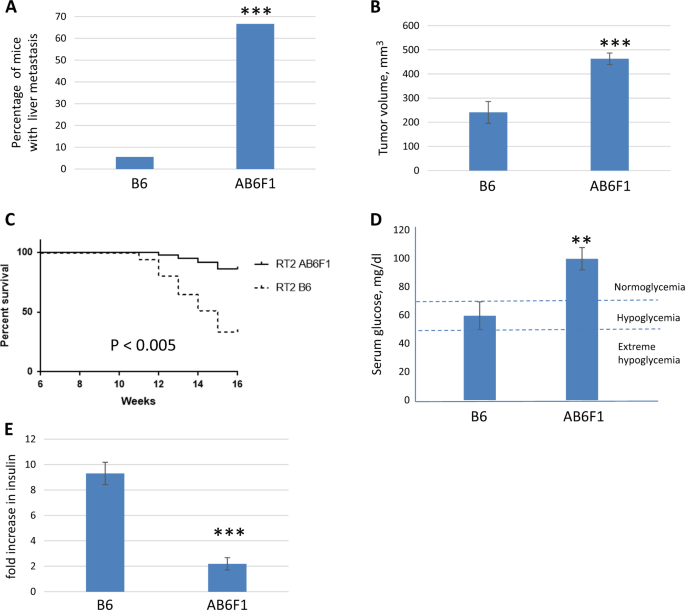Abstract
A cultivation strategy to increase the productivity of Modified Vaccinia Ankara (MVA) virus in high-cell density processes is presented. Based on an approach developed in shake flask cultures, this strategy was established in benchtop bioreactors, comprising the growth of suspension AGE1.CR.pIX cells to high cell densities in a chemically defined medium before infection with the MVA-CR19 virus strain. First, a perfusion regime was established to optimize the cell growth phase. Second, a fed-batch regime was chosen for the initial infection phase to facilitate virus uptake and cell-to-cell spreading. Afterwards, a switch to perfusion enabled the continuous supply of nutrients for the late stages of virus propagation. With maximum infectious titers of 1.0 × 1010 IU/mL, this hybrid fed-batch/perfusion strategy increased product titers by almost one order of magnitude compared to conventional batch cultivations. Finally, this strategy was also applied to the production of influenza A/PR/8/34 (H1N1) virus considered for manufacturing of inactivated vaccines. Using the same culture system, a total number of 3.8 × 1010 virions/mL was achieved. Overall, comparable or even higher cell-specific virus yields and volumetric productivities were obtained using the same cultivation systems as for the conventional batch cultivations. In addition, most viral particles were found in the culture supernatant, which can simplify further downstream operations, in particular for MVA viruses. Considering the current availability of well-described perfusion/cell retention technologies, the present strategy may contribute to the development of new approaches for viral vaccine production.
from A via a.sfakia on Inoreader https://ift.tt/2GEPSKN












